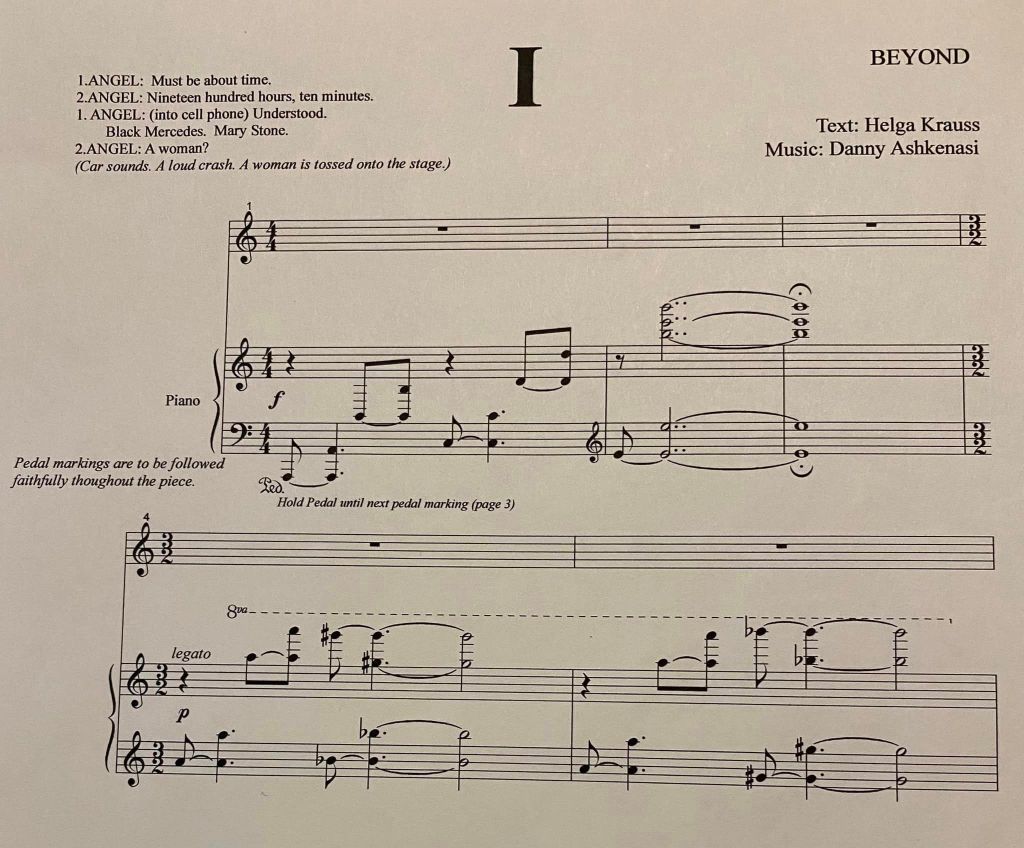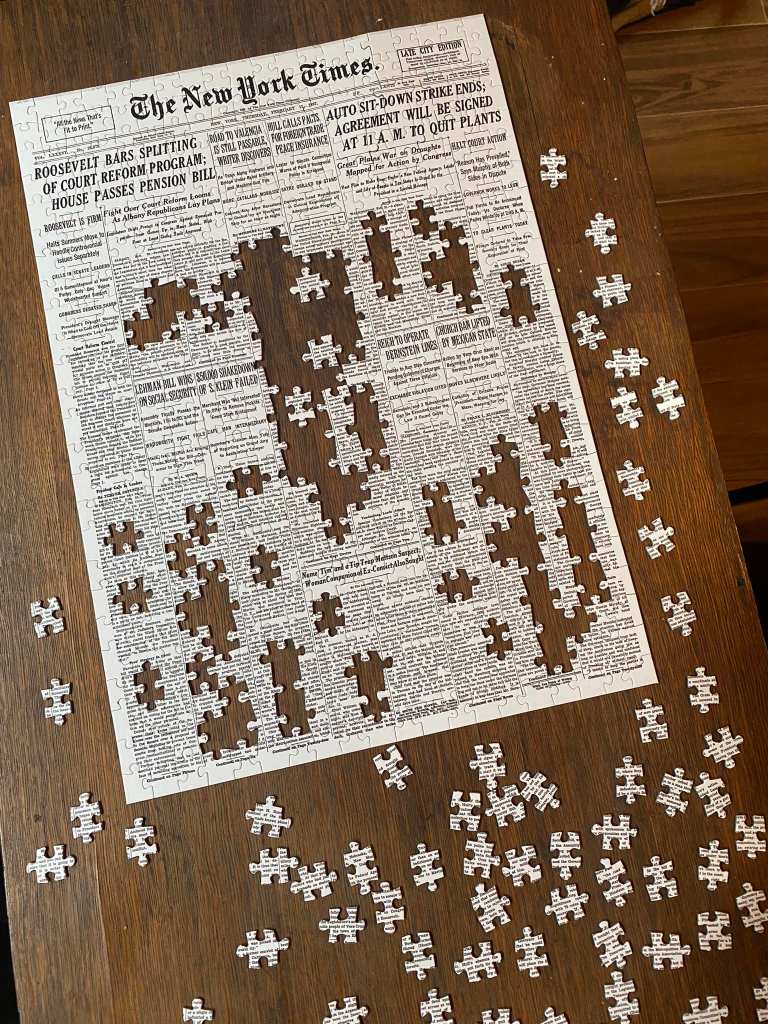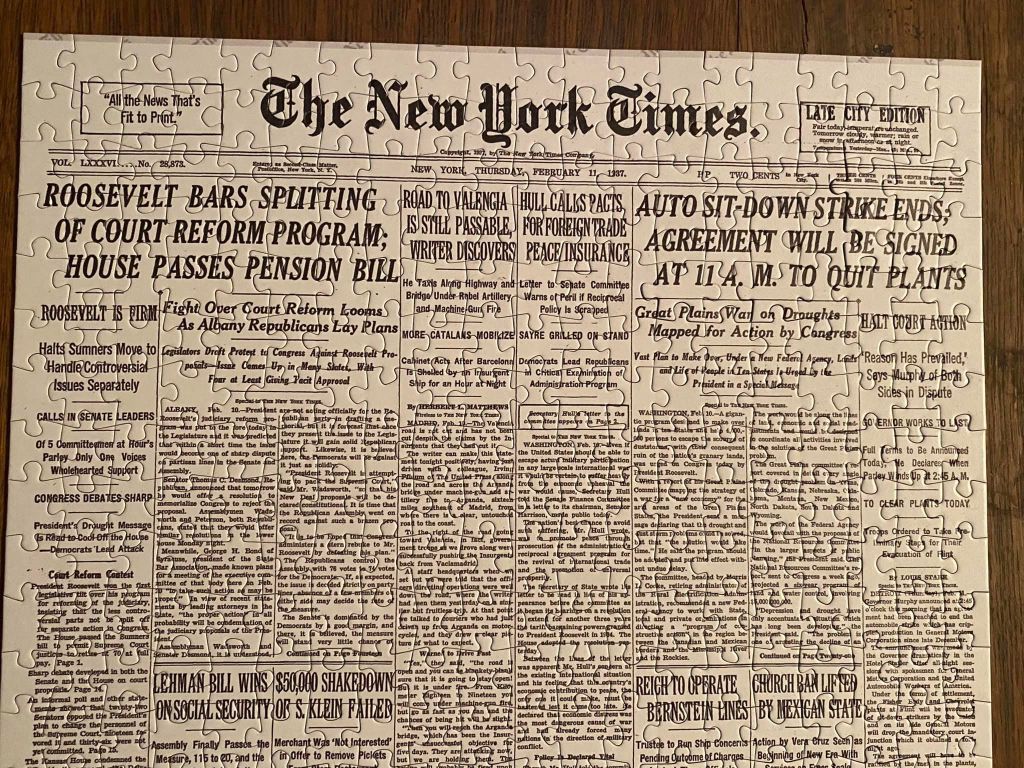
Twenty years ago family friend and screenwriter Helga Krauss and I created a one-act opera for my mother, Catherine Gayer (AKA Catherine Ashkenasi, her maiden name being her stage name). Helga wrote the libretto and I composed the music. It is the story of an opera singer who after a serious car crash is met by two angels who take her on a tour of her life and psyche to help determine whether she returns to life or passes on. The opera is called “Jenseits”. The English title – I was responsible for the English translation – is “Beyond”.
There is a studio recording of the complete German version, and a live concert recording of the complete English version. My mother sings both. The postcard at top is from the theatrical version my mother also performed at FringeNYC in 2005. The NYTimes review at the time said my music has “dimensionality and touches of poignancy”.
Starting today, and following up in regular installments, I will be sharing sections of Jenseits/Beyond in German and English, while simultaneously posting these on the opera’s designated Notes from a Composer Page. When the final blog post installment is posted, the full opera will be accessible in bilingual sound and text on the Jenseits/Beyond page.
We begin with Sections I and II. Two Angels, one seasoned, one new at the job, await their next assignment, an opera singer involved in a car crash…

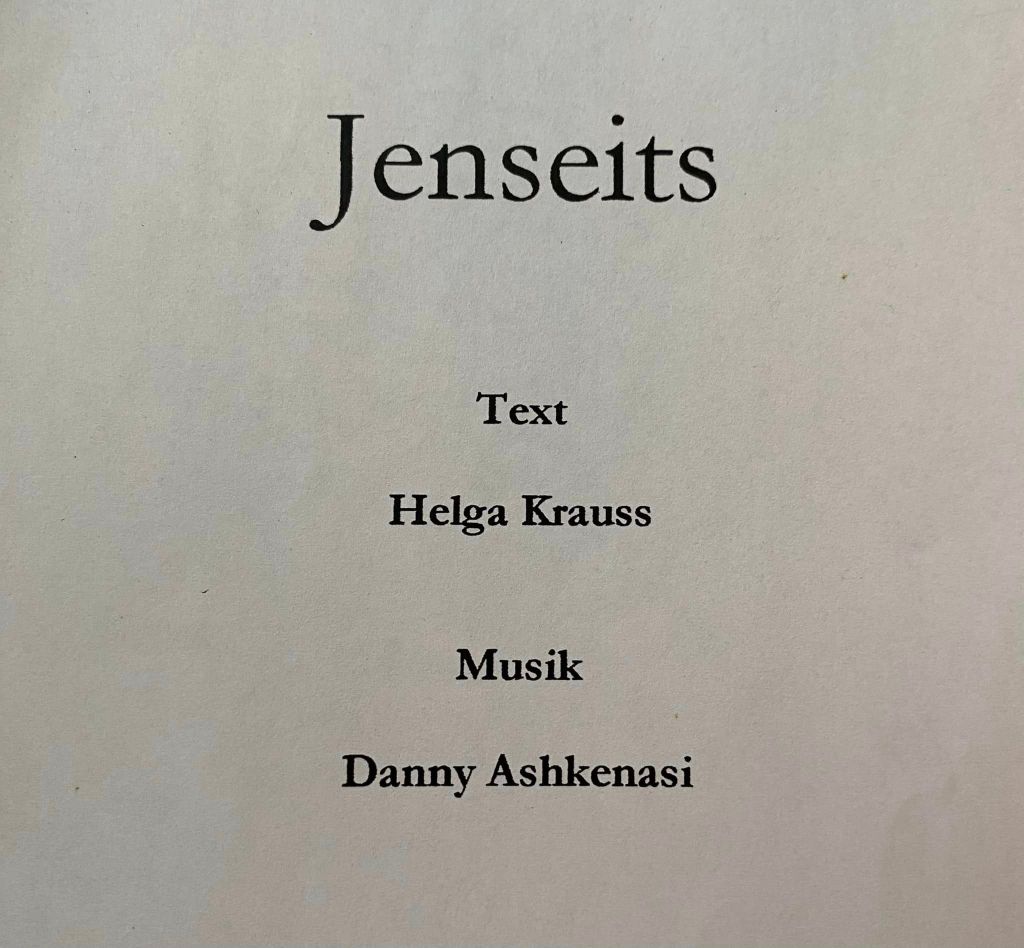
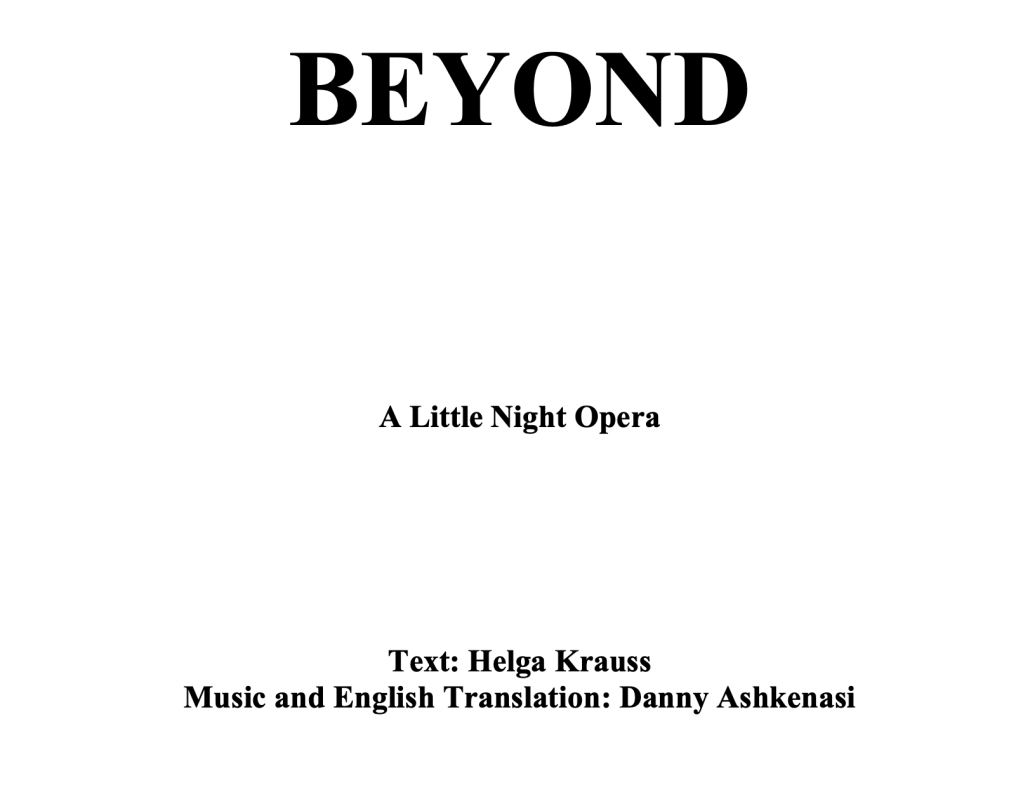

I
German Language Studio Recording
English Language Live Concert Recording
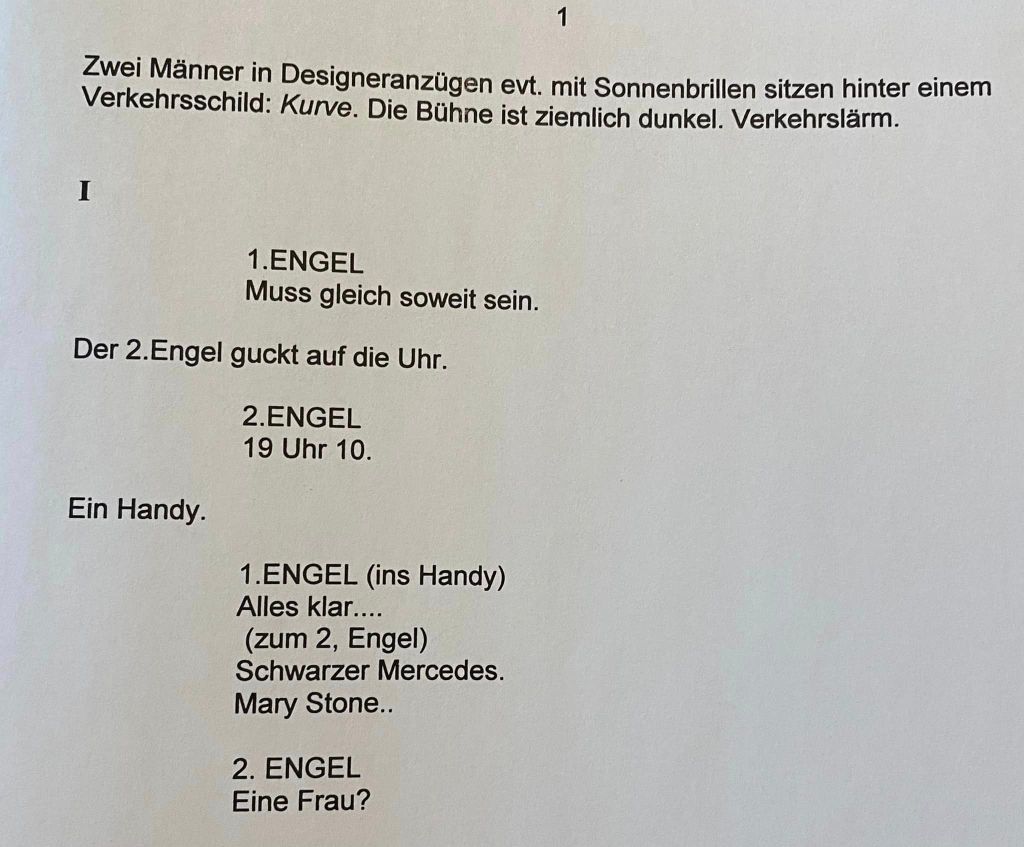
Two men in designer suits, possibly wearing sunglasses, sit behind a traffic sign: Curve. The stage is rather dark. Traffic noise.
1. ANGEL:
Must be about time.
The 2. Angel checks his watch
A cell phone
2. ANGEL
Nineteen hundred hours, ten minutes.
1. ANGEL Understood.
(to 2. Angel) Black Mercedes. Mary Stone 2. ANGEL
A woman?

Car sounds that come nearer. Then a loud crash, two cars have smashed into another. A woman is thrown onto the stage, together with a suitcase.
WOMAN
I’m falling…. I’m floating…
A waterfall, the roar of the ocean waves
The song of the sea shell’s breath
1. ANGEL
Are you ready?
WOMAN
A fluttering whirlpool of blinding white, blue tinted light
1. ANGEL
Please come along. You are expected.
WOMAN
No ending, no beginning
I am light, just like a feather
Fire truck siren.
Continue reading
